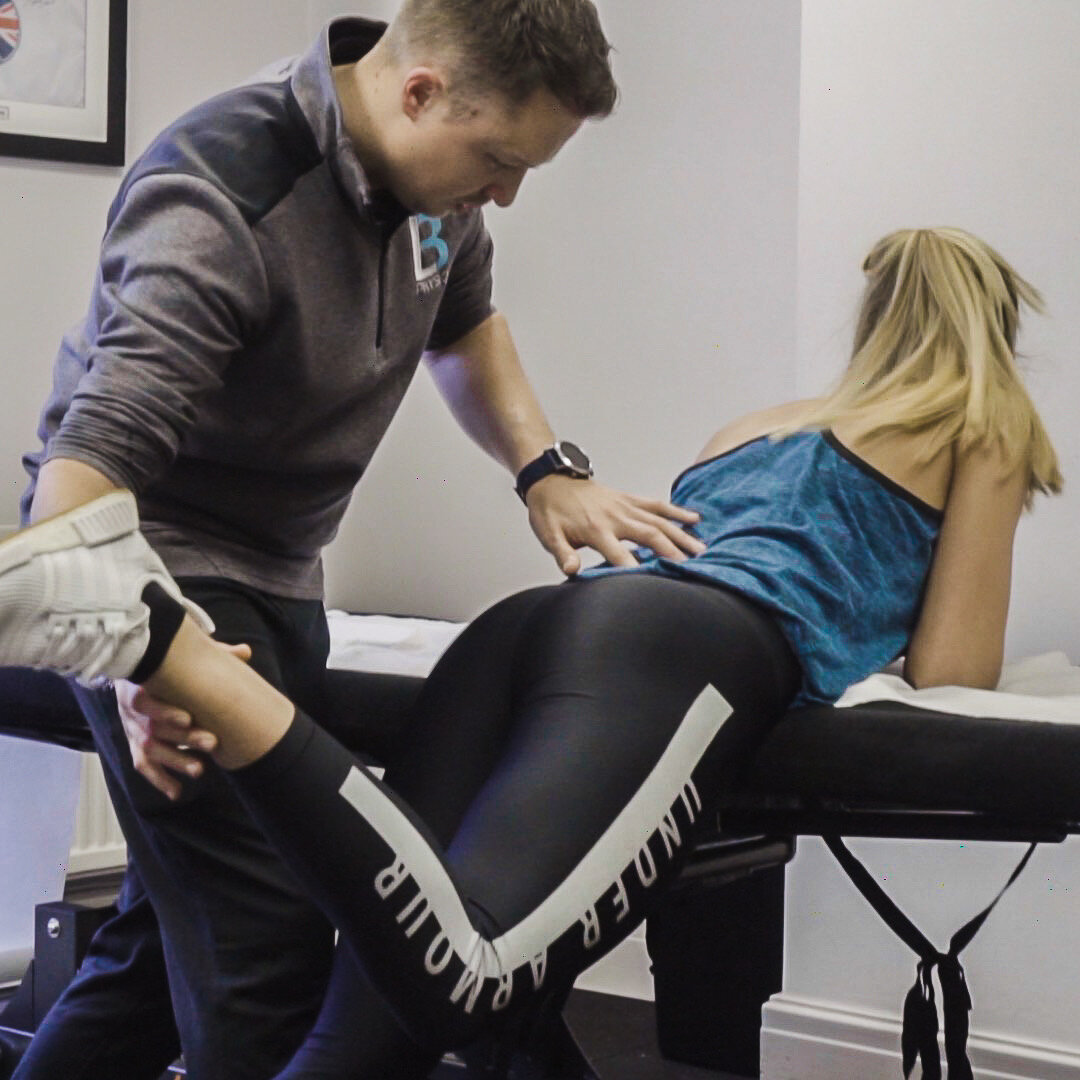Static Stretching, the myths uncovered: “what we really know”
Normative beliefs often circulate the world and we tend not to ever question them, they are just “fact”, the same as eating carrots helps me see in the dark, it must be true, my mum told me! Static stretching seems to have become part of this normative belief system. It is still a relatively common belief that stretching helps to loosen and lengthen muscles and is commonplace in the management of injuries.
So why do we stretch?
Improve our flexibility, help warm up and prevent injuries, reduce delayed onset muscle soreness after work-outs, because Laura down the road who runs told me it was a good thing to do before and after a run 15 years ago! We need to question the whys and a significant amount of evidence based research is proving these whys and Laura might not be quite right.
In addition, it is important that healthcare professionals such as physio’s, chiro’s, osteopaths, massage therapists, PT’s, etc are actually recommending interventions that are backed up by clinical evidence.
However what do we actually know about stretching, what does it actually do, and is it something we should be doing. Here we are going to explain exactly that!!
Well firstly why do we feel looser or more flexible after?
According to Magnusson S (2010) “increases in muscle extensibility after short term stretching regimes are predominantly due to modifications in subjects sensation”. So in lay terms it reduces the sensitivity in the tissue making it feel less tight, tense or sensitive when the tissue is stretched.
Blazevich A (2019) reports that “ static muscle stretching increases maximum elongation capacity (range of motion), which is predominantly related to an increase in the tolerance to load during the stretch. So by stretching often your tissue gets used to being stretched so it feels less sensitive when doing so.
But does it actually make my tissues longer then?
Stretching is effectively the application of tension (load) which in muscles providing the load is enough to stress the tissue can help to improve tissue length. But can we seriously apply enough force to a muscle through passive stretching to create these changes, it is doubtful, our tissues are very strong and robust, and can tolerate a lot of load. Can we really apply enough force to your calf or achilles for example to lengthen it, we are talking about a tissue that tolerates around 7 x bodyweight when we run.
Instead of stretching try strengthening!
We know a type of strength training where you are lengthening your muscles under appropriate load (eccentric training) can improve muscle length (O'Sullivan et al). It can also help to strengthen your tissues to help improve the tolerance and reduce the risk of injury, win win!
Summary
1 - The likelihood is that the feelings of feeling looser or less stiff etc are down to changes in sensation rather than actually lengthening and “stretching” your tissues.
2 - The notion of whether we can permanently change the length of a tissue through passive stretching is not supported by clinical evidence.
3 - Your best bet at the moment is to lengthen tissue through eccentric strengthening (strengthen which lengthening), but be sure to keep it up otherwise if you dont you will lose it.
Stay Healthy
Movement Moguls
References:
1. Magnusson S, Weppler C (2010) Increasing Muscle Extensibility: A Matter of Increasing Length or Modifying Sensation? Physical Therapy
2. Blazevch A (2019) Adaptations In The Passive Mechanical Properties of Skeletal Muscle To Altered Patterns Of Use, Applied Journal Of Physiology
3. O’Sullivan K, McAuliffe S, Deburca N (2012) The Effects Of Eccentric Training On Lower Limb Flexibility: a systematic review, British Journal Of Sports Medicine





